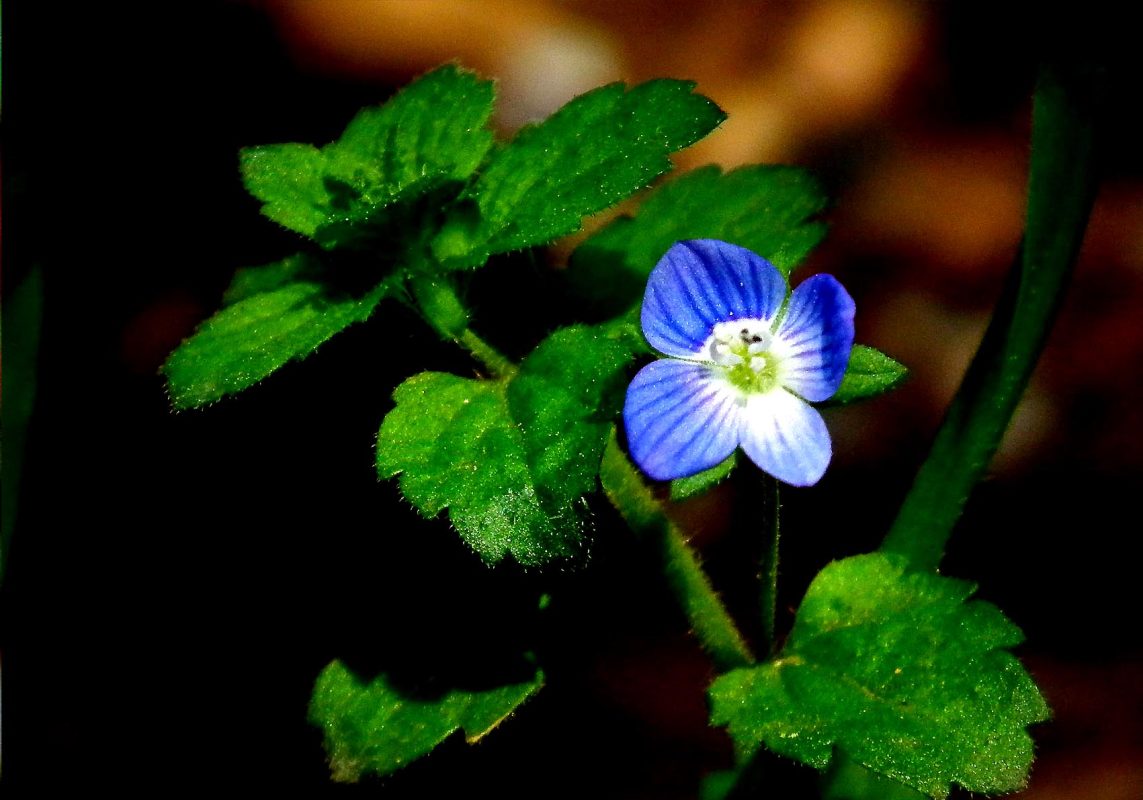
Arabian Poirina (scientific name: Veronica persica Poir.) is a Scrophulariaceae, Veronica persica is a spread multi-branched herb, up to 50 cm high. The leaves are short-stalked, ovate or round, and the ones with flowers in the axils are called bracts, with crenellated margins and sparsely pilose on both sides. The raceme is very long; the pedicels are longer than the bracts, the lobes are ovate-lanceolate, the corolla is blue, purple or blue-purple, and the stamens are shorter than the corolla. The capsule is reniform, with obvious network veins, and deep horizontal stripes on the back of the seeds. It blooms in March-May.
Seedlings of Arabian prawns appear green from the beginning of October. During the whole winter, the plants remain dark green except for some parts that are slightly purple. Around March of the second year, 90% of the plants turn green and last until May. Seeds of Arabian Poirina gradually mature in April and can germinate after a dormant period of 3-4 months. The peak of seedling emergence is reached in early November. Throughout the winter and spring seasons, the Arabian Poirina better fills the lack of bare ground in the grass and flower beds.
After flowering in early spring, the vegetative growth of Arabian mother-in-law slows down, and some leaves begin to grow obliquely upwards, which are integrated with the branches, which is very ornamental. Both planting methods have their advantages and disadvantages. Before and after summer, the role of decorating the flower bed can be completed by numerous grass flowers.
